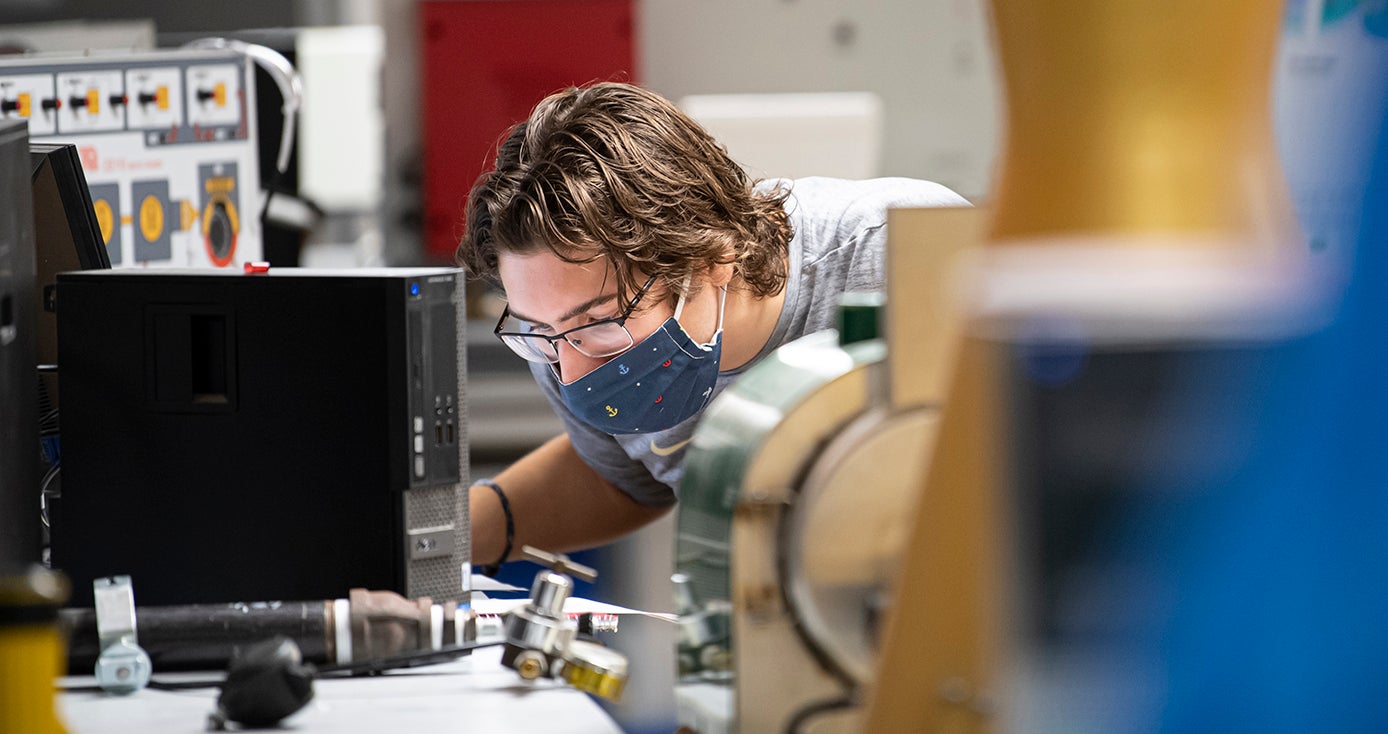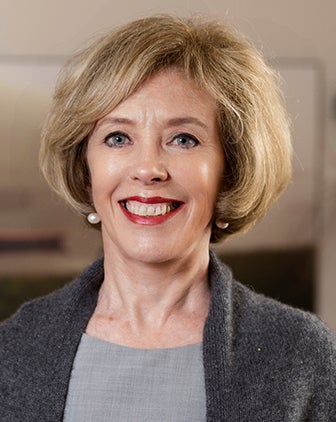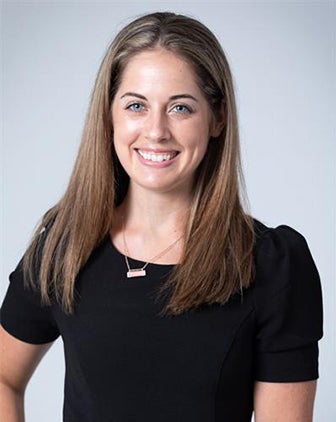
Subscribe to Pittwire Today
Get the most interesting and important stories from the University of Pittsburgh.Students, Faculty Adjusting to Flex@Pitt Model
This fall, professors are finding new ways to use technology to their advantage through the Flex@Pitt model. Flex @ Pitt aims to deliver a high-quality educational experience while providing flexibility for faculty members and students to make decisions that work for them, as well as the University as a whole to respond to changing COVID-19 conditions. Using the model, faculty are able to provide students with in-person and remote, synchronous and asynchronous classroom instruction experiences.
Beginning Monday, Sept. 14, some classes on the Pittsburgh campus will move toward offering in-person learning in addition to virtual instruction. For many University faculty and students, it will be the first time they switch between modalities if they choose to participate in person. And while they may be experiencing jitters or uneasiness about teaching and learning across settings, a small fraction of students and instructors have a few weeks of experience under their belts and say that they are having positive experiences implementing the Flex @ Pitt model so far.
“I have been teaching for many years, and I have never been as nervous as I was prior to my first class this semester, which was a three-hour practicum,” said Patricia Kroboth, dean of Pitt’s School of Pharmacy.
Kroboth is teaching a one-credit course, “The Emerging Professional,” this term for 118 first-year doctoral students in pharmacy. It’s one of the roughly 8% of courses on the Pittsburgh campus that received permission to start in-person in August.
The course is designed to stimulate the development of professional attitudes and behaviors and an understanding of the opportunities within the pharmacy profession. Professionalism, ethics, management of self and the profession of pharmacy are themes of the course. Kroboth said the Flex @ Pitt has created opportunities for more efficient peer review and more comfort for students.
“My nervousness had to do with how the technology was going to work in class, my own ability to manage it and the fact that some students were in a classroom and some were at a distance while I was teaching at home,” she said. “But when I was done with it, I was exhilarated. Students have emailed me saying how much they have enjoyed the course.”
To get classrooms ready for the fall term, Pitt IT and the University Center for Teaching and Learning coordinated with the Office of Facilities Management to install hybrid classroom technology in more than 160 learning spaces across campus that are scheduled through the Office of the University Registrar. These learning spaces include a video display, auto-framing camera, speaker and microphone and a Zoom Room touchpad used to join and control scheduled Zoom meetings. This equipment was installed in just a few short weeks over the summer and configured to provide students with a classroom experience, whether they’re present in the room or participating remotely. Additional features—including functionality for faculty who are teaching remotely to see students in the classroom without needing to use personal devices—are being considered for implementation in the future.
Some faculty may teach in school- or department-managed classrooms where the technology installations will vary from the registrar-managed classrooms; the technology installations in those spaces may be specific to meet the needs of a particular discipline.
One of Kroboth’s students this term, Emily Leung, said while she has attended the class in the physical setting “a few times,” the virtual model has “an amazing” support staff and gives her the opportunity to connect with her peers.
“I was a little frightened at first. I don’t know a lot of Pitt students, but working in small groups gave me a chance to work with my peers. It was nice to be able to get their feedback on projects like resume building,” she said.
Leung was a researcher last year at Pitt, taking a gap year between graduating from Duquesne University and starting at Pitt.
“The professors are also making personal connections with students, and it’s helpful when they share personal stories,” she said.
Other professors have had their share of opportunities and challenges with the learning model.
Katherine Hornbostel, assistant professor of mechanical engineering and materials science in Pitt’s Swanson School of Engineering, said the experience has been a “learning curve” for her lab-based measurements class.
She said this past summer’s series of workshops to help faculty teach with virtual learning models led by Mary Besterfield-Sacre, associate dean for academic affairs in the Swanson School, was essential in preparing her to teach her course with the new Flex @ Pitt model.
“After trial and error, we’re starting to get the hang of the new hybrid model,” she said. While lectures are done remotely, she said that “students have the option to show up in person for labs each week.”
Hornbostel said one upside of the model is that it provides students and instructors the ability to decide to teach and learn in modalities where they feel most comfortable. “If students don’t feel safe setting foot on campus, they can take the entire course remotely. If they’re itching to get back on campus and perform the labs in person, they have that option as well.” One of Hornbostel’s students, Dan Quiroga, said the model has allowed him to have more room for his work. Quiroga has been doing fully off-campus learning, communicating with other students who work physically in lab settings.
“I was actually pretty optimistic about the model coming into the semester,” said the senior mechanical engineering major. “It was tough at first, but with the support of faculty here, it’s gotten better. I have my personal space I can work with, such as my own computer monitors.”
Hornbostel also said her teaching assistants have been instrumental to making the classroom experience work.
“My incredible team of six TAs running labs each week are what make the in-person experience possible for my students,” she said.




